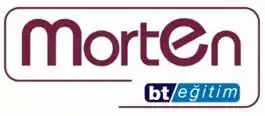Blade servers deliver high processing power with a smaller physical footprint, saving space in data centers. Rack servers are easily scalable thanks to their modular structure, so businesses can add capacity as needed. Hyperconverged servers simplify management and reduce costs by combining storage, networking, and processing into a single platform. Blade and Rack servers provide high performance and reliability, while Hyperconverged structures offer more flexible and faster installation possibilities. These servers are also very energy efficient, thus reducing operational costs. As a result, these server solutions optimize the technology infrastructure of businesses, creating a more efficient and sustainable structure.
Advantages of Blade, Rack and Hyperconverged Server Solutions
High Efficiency and Performance
Blade servers offer high processing power with their compact design, while rack servers provide powerful performance with their modular structure. Hyperconverged servers achieve high efficiency by combining storage, network and processor on a single platform.
Scalability
Rack and Hyperconverged servers are easily scalable, allowing businesses to quickly increase capacity based on their needs. Blade servers, on the other hand, take up less space and offer more processing capacity.
Ease of Management
Hyperconverged servers simplify management by combining all components into a single platform. Blade and Rack servers can be easily monitored and controlled with centralized management systems.
Energy Efficiency and Space Saving
Blade servers increase energy efficiency by taking up less space. Rack and Hyperconverged servers reduce operational costs by reducing energy consumption with their optimized designs.






